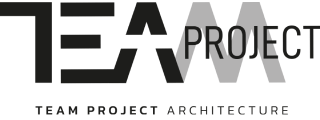TEAM Project » Blog » Maximizing ROI in House Flipping Projects

Maximizing ROI in House Flipping Projects
House flipping can be a highly profitable venture when approached with the right strategies. Maximizing return on investment (ROI) involves careful planning, strategic property selection, effective budgeting, and high-impact renovations. This blog post will provide actionable tips to help contractors and real estate investors optimize their house flipping projects for maximum profitability.
Choosing the Right Property
- Research the Market Understanding the local real estate market is crucial for identifying profitable properties. Look for areas with strong economic growth, low unemployment rates, and increasing property values. Use tools like Zillow, Redfin, and local MLS listings to analyze market trends.
- Location, Location, Location Location is one of the most critical factors in house flipping. Focus on properties in desirable neighborhoods with good schools, low crime rates, and convenient access to amenities. Proximity to public transportation, parks, and shopping centers can also increase a property's appeal.
- Assess the Property’s Potential Look for properties that need cosmetic repairs rather than structural ones. Homes that require minor updates, such as new paint, flooring, or fixtures, can be turned around quickly and sold for a higher profit. Avoid properties with major issues like foundation problems or extensive water damage, as these can significantly eat into your budget and timeline.
Effective Budgeting
- Create a Detailed Budget Developing a comprehensive budget is essential for keeping costs under control. Include all expenses, such as purchase price, renovation costs, holding costs (utilities, property taxes, insurance), and selling costs (agent commissions, closing fees). Use budgeting software or templates to ensure all expenses are accounted for.
- Stick to Your Budget Once your budget is set, it’s crucial to stick to it. Track expenses meticulously and adjust as necessary, but avoid unnecessary spending. Regularly reviewing your budget can help you identify areas where you might be overspending and make adjustments before costs get out of hand.
- Plan for Contingencies Unexpected expenses can arise during any renovation project. Set aside at least 10-15% of your budget for contingencies to cover unforeseen issues. This buffer can prevent financial strain and keep your project on track.
High-Impact Renovations
- Focus on Curb Appeal First impressions matter. Invest in landscaping, exterior paint, and a welcoming entryway to attract potential buyers. Simple updates like new front doors, clean driveways, and well-maintained lawns can significantly enhance a property's curb appeal.
- Upgrade Kitchens and Bathrooms Kitchens and bathrooms sell homes. Prioritize updates in these areas, such as new countertops, modern appliances, updated cabinetry, and stylish fixtures. These renovations often yield the highest return on investment.
- Enhance Energy Efficiency Modern buyers are increasingly interested in energy-efficient homes. Consider upgrades like double-pane windows, energy-efficient appliances, and improved insulation. These improvements not only appeal to environmentally conscious buyers but can also reduce utility costs, making the property more attractive.
- Create Open Floor Plans Open floor plans are highly desirable in today's market. If possible, remove non-load-bearing walls to create a more spacious and inviting layout. This can make smaller homes feel larger and more functional.
Case Study: Miami Villa
The Miami Villa project by TeamPRJ is an excellent example of a successful house flip. The project focused on creating a luxurious, modern retreat with high-end finishes and state-of-the-art amenities. Strategic renovations included:
- Open Floor Plan Walls: were removed to create a seamless flow between the living, dining, and kitchen areas.
- Kitchen and Bathroom Upgrades: High-end appliances, custom cabinetry, and luxurious fixtures were installed to enhance these critical spaces.
- Energy-Efficient Features: Double-pane windows and energy-efficient lighting were incorporated to appeal to modern buyers.
These strategic updates resulted in a significant increase in property value, showcasing how targeted renovations can maximize ROI. Discover the Miami Villa project here.
Conclusion
Maximizing ROI in house flipping requires careful planning, strategic property selection, effective budgeting, and high-impact renovations. By focusing on these key areas, contractors and real estate investors can increase their chances of success and profitability. At TeamPRJ, we specialize in delivering high-quality, client-centric designs that elevate the value of any property. Explore our portfolio to see more examples of our exceptional work and schedule a consultation to discuss how we can help you achieve your house flipping goals.





